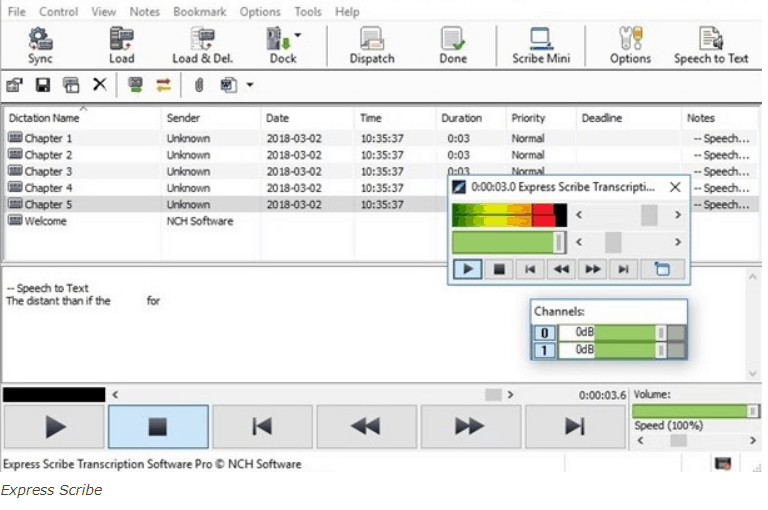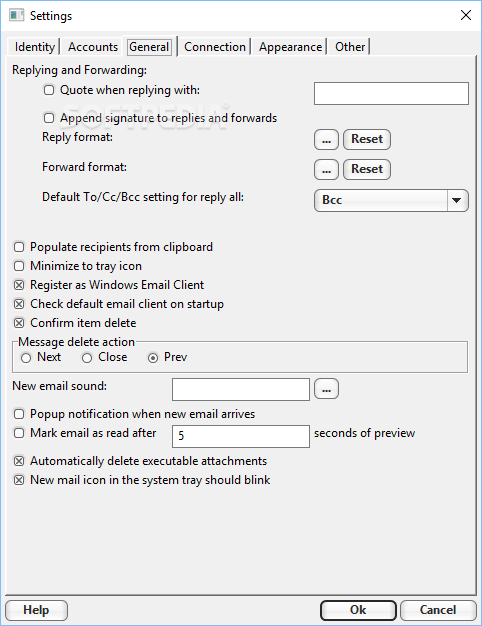

Most editors, regardless of the type of editor they are, prefer to edit manuscripts that are double-spaced.
#SSLC SCRIBE FORMAT WORD MANUAL#
Many of us olds learned typing on manual typewriters, and the convention for those was to hit the space bar twice and add the extra space to have two spaces after a period.
#SSLC SCRIBE FORMAT WORD HOW TO#
If you’re under 40 and confused why I would even mention this, it’s because you learned how to type on computers. You should have a single space after a period, not two spaces. Your final book may be formatted that way, but do not format your manuscript like that.

The thing to avoid is Fully Justified, where each line looks the same length, like this: It looks like this:Īgain, that is the default on most word processors. Left justified means that left hand text is aligned, while the end of the right hand text is jagged. If you keep the word processor defaults, you’ll be fine. That doesn’t happen much anymore, so this is not important. This used to be a very important formatting convention when manuscripts were submitted as printed documents. This means the right margins are one inch, the left margins are one inch, etc. One inch margins on the border of the document is the standard format. To check that you have proper page size, in GDocs do this: To check that you have proper page size, in Word do this: To check that you have proper font size, in GDocs do this:Īgain, this is a default page size on most word processors, so don’t change it and you are fine. To check that you have proper font size, in Word do this: 12 point is usually the default in a word processor because it’s easy to read for most people. The type size is how big the letters are. Just don’t change the defaults, and you’re fine. This mainly happens when people use different color text. If you want to do that while you write, cool–just switch it back to the regular defaults for submission. It’s possible to change the defaults on your word processor to something other than black text on a white background. To check that you have the correct font, in GDocs do this: To check that you have the correct font, in Word do this: Leave that decision to the interior layout stage, not editing stage. There are some fonts that read better in book format. Note: your actual book may end up with a different font. Don’t use anything else for your manuscript. The most common web font is the non-serif font Arial. The most common print font is the serif font Times New Roman. Use A Standard Font (Times New Roman or Arial) The thing is: every one of these are routinely violated by authors who don’t pay attention, and that is why we mention them. If you don’t touch the defaults on your word processing program, then most of these will be non-issues. Most of them will seem obvious to you, and most are baked into the defaults of Microsoft Word or Google Docs. These rules also reflect the ones most common conventions in the publishing industry. What I’m about to show you are the 15 formatting rules that our book editors ask from our authors at Scribe. There are no rules, only conventions that developed over the past century of book publishing. You can’t go to the Formatting Police and get official law on Standard Manuscript Format (I wish, that would make things much easier). The 15 Scribe Manuscript Format Rulesīefore we start, understand there are no actual “rules” for formatting.

This means manuscript format is the proper way your manuscript should look when you send it in for editing. Things like font size, page color, word count, page number, line spacing, paragraph breaks–everything that goes into the visual appearance. The actual Microsoft Word or Google Docs file that is your book.įormatting is how your manuscript looks and reads.



 0 kommentar(er)
0 kommentar(er)
